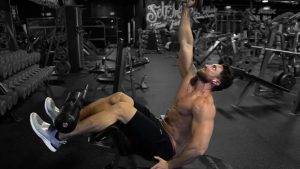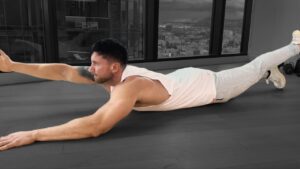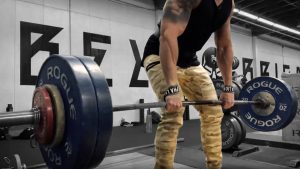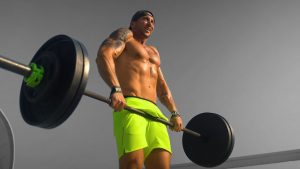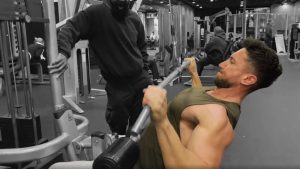Achieving a chiseled six pack is the goal of most people who set foot in a gym. But the majority of them never achieve that goal. Part of the problem is that they fail to understand that nutrition is 80% of success when it comes to getting visible abs. The other part is that they are doing exercises that are not very effective at targeting the rectus abdominis. In this article, we zoom in on one exercise that does work the abs effectively: butterfly crunches.
Butterfly Crunches Execution
- 1To get in the starting position, lie on the floor on your back with the soles of your feet together, heels touching in butterfly fashion and your feet drawn up toward your butt with your knees bent.
- 2Extend your arms overhead and stretch them out on the floor.
- 3Touch your hands together and tense them slightly.
- 4Crunch up to bring your hands between your knees.
- 5Tense the abs in the top position.
- 6Lower under control to the start position and repeat.
Are Abs Really Made in the Kitchen?
You have probably heard the well known phrase that 'abs are made in the kitchen'. It is not quite correct. Abs are made in the gym in that they are strengthened and developed just like any other muscle group. However, they are revealed in the kitchen. The vast majority of the population will never see their abdominals because they are hidden under a layer of body fat. It is impossible to do exercise to spot reduce that body fat that sits on top of your abs.

Even if doing a thousand calories per day was to burn up a lot of calories (it won't), your body is not able to take those stored fat calories from your stomach in order to provide that energy. The first thing you need to do is achieve a caloric deficit before it will need to use any stored body fat. The way to achieve that caloric deficit is to eat less food calories each day than your body needs for energy calories. The deficit will have to come from your stored body fat.
But those calories will come from all parts of your body - not just your stomach area.
The bottom line here is that you are wasting your time doing exercises like butterfly crunches to get visible abs if you are not eating to create a caloric deficit each day.
Abdominal Anatomy
The rectus abdominis is a flat sheet of muscle that originates on the pubic bone. It inserts on the front of the ribs. The job of this muscle is simply to draw the pelvis and the ribs together. That makes it probably the most simply functioning muscle of the entire body.
It is worth noting here that the rectus abdominis is only one muscle. There is no such thing as an upper ab and a lower ab. As we have seen, the muscle has only one point of origin and one point of insertion. It also has just a single function; to draw the upper and lower body together.
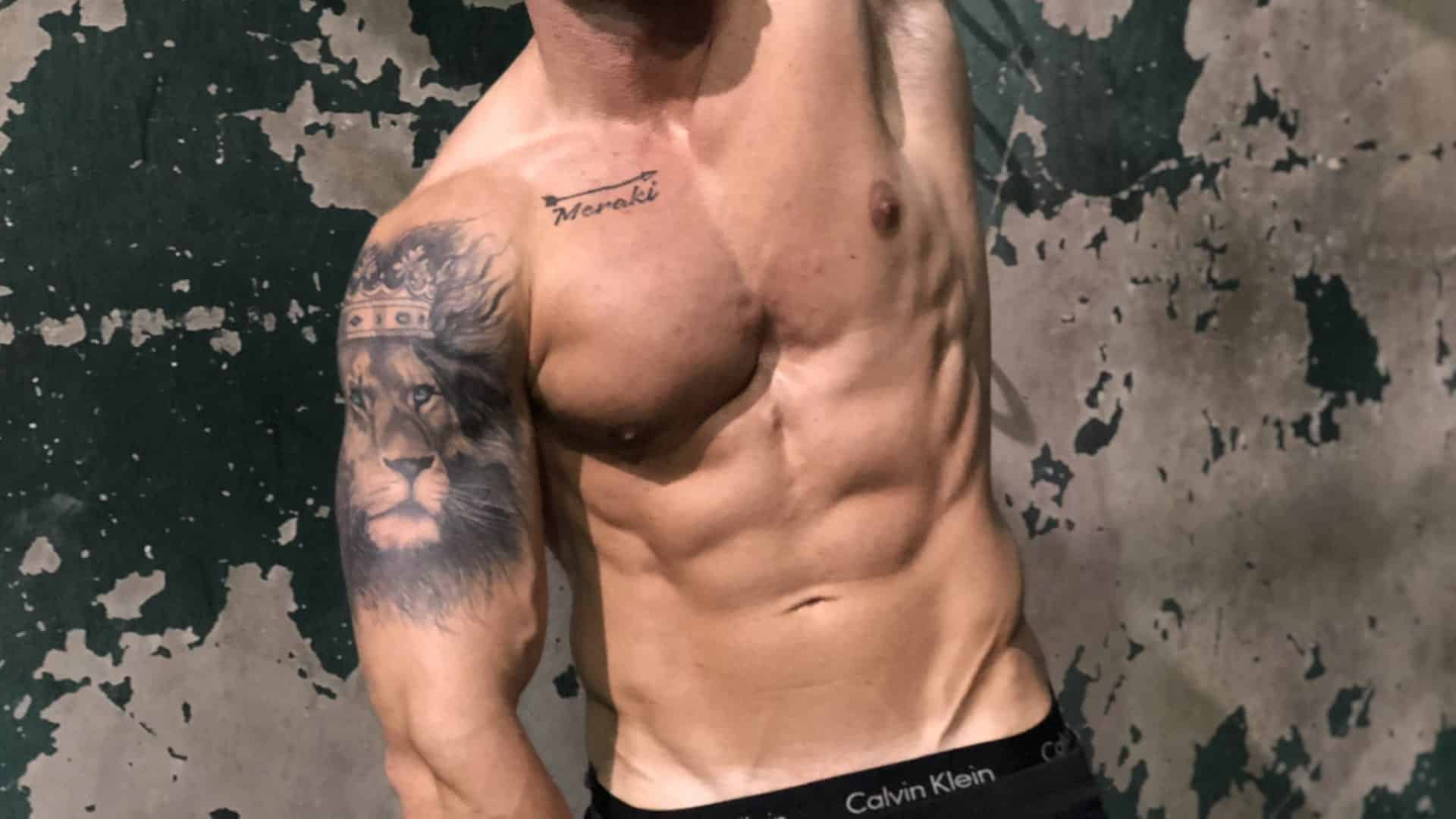
So, what are the individual 'abs' that make up the six pack? These are actually tendons, not separate muscles. The shape and number of these tendons is predetermined by genetics. Some people will have four ab divisions, others will have six and some will even have eight. There is nothing you can do to transform a six pack into an eight pack. What you are able to do with exercises like the butterfly crunches is to develop the thickness of the fibers between the separate tendons and to make the tendons more visible by getting rid of body fat.
As a result of all of this, it should be obvious to you that there is no way that you can isolate different parts of the rectus abdominis. Because there is just one point of origin and insertion, all of the muscle fibers will be activated by any exercise that targets the abs. The belief that you can do moves like hanging leg raises to hit the lower abs is a myth!
How Good Are the Butterfly Crunches?
An effective exercise for the rectus abdominis will line up with both the direction of the muscle fibers and follow the natural anatomical movement of the abdominals. That means that the exercise must involve spinal flexion, or the curl up of the torso. There are a number of positions that you can do the crunch or curling motion in, from lying on the floor (such as in the butterfly crunches) to sitting on a bench and even lying on a fitness ball. Of the three, the floor position is the best.
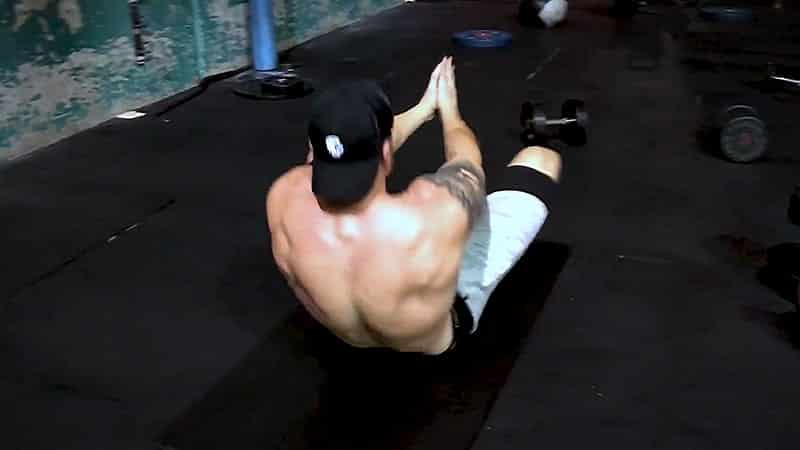
When you are lying on the floor, your abs are fully elongated for the ideal start position of the crunching movement. However, when you position yourself on a bench or a fitness ball, there is the likelihood that you will overextend the spine without providing any extra benefit to the crunching movement. Bringing the arms up and through to the knees provides the additional contraction at the end of the butterfly crunches to ensure a full range of movement. This action also cues you to the proper degree of spinal flexion - you simply come up until your hands reach between your knees.
Many people do not come up high enough when they do butterfly crunches, basically just performing head lifts. Others come up too high by actually bringing their lower back off the floor.
Keeping your arms above your head also avoids the tendency to clasp your hands behind your head. Doing so will pull on the upper spine which could lead to long-term problems.
Butterfly Crunches: How Many Reps?
Most people do very high reps when they do exercises for the abs. This is probably due to the myth of spot reduction where they think that they are 'burning' off fat from the stomach area. We have already busted that false belief in this article. So, it makes absolutely no sense to do sets of 100 or more reps when you are doing an exercise like the butterfly crunches.
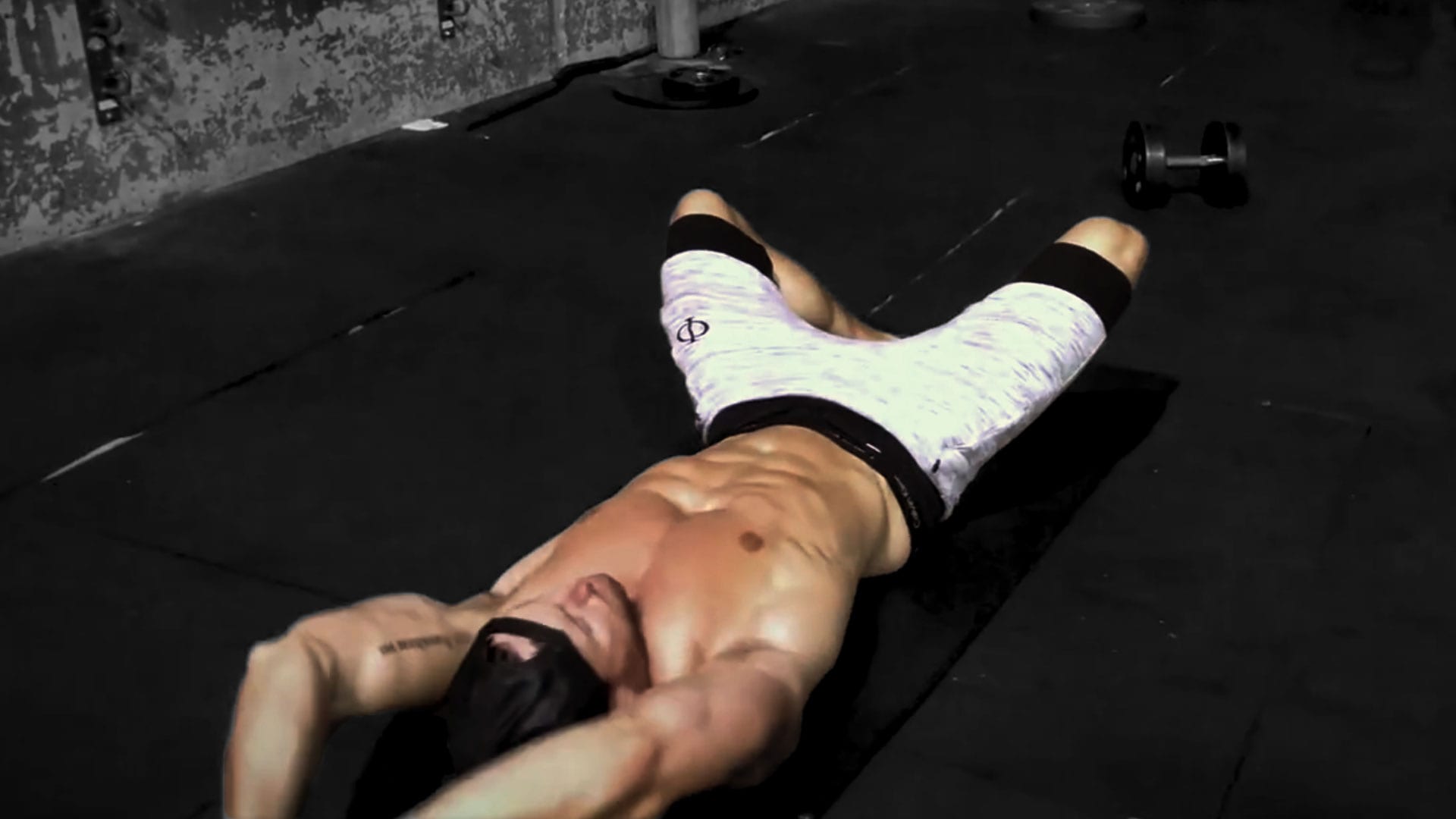
On the other hand, the abdominal muscle does not have the potential to create as much force as many of the other muscles of the body. As a result, you should go extremely heavy when working this muscle. Doing the butterfly crunches with a heavy weight plate held behind your head for 6 reps is not a good idea.
You should keep your reps on the butterfly crunch to between 15 and 30 reps. I recommend doing 4 total sets.
People tend to work their abs more frequently than other muscle groups. There is no reason to do this. Just like other muscles, the abs need time to recover. Working them every day, or even every other day, will not allow them to do that sufficiently. You should work your abdominals with the same frequency that you hit the other muscle groups of your body. The ideal that balances recovery with maximum growth and strength potential is to work a muscle group every 5 days.

